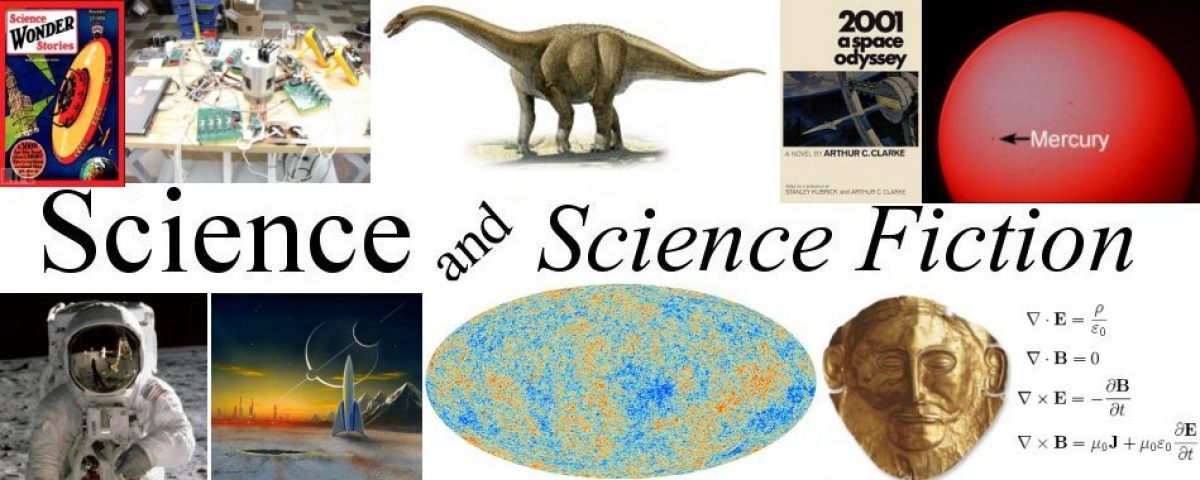Over the last 400 years or so the Universe as we know it has grown in size literally beyond all human imagination. Where once humans believed that the Earth was the center of all things we now know that it is but a speck of dust, insignificant when compared to the innumerable stars, galaxies, supermassive blacks holes and other objects we still know nothing about. In this post I’ll be discussing a galaxy more than half a billion light years distance along with a asteroid that’s coming so close it may reach out and touch us!

Of the billions of galaxies in the known Universe one of the most common types are spiral galaxies, that is galaxies with recognizable arms that curl around the galaxy’s center as they expand outward from it. Now you would be forgiven for thinking that the direction of the curl of the arms must be the direction that all of the stars in the galaxy orbit around the center. Take a look at the image of the famous Whirlpool galaxy (M51) below, doesn’t it appear as if the entire galaxy is rotating in an anti-clockwise direction?

In fact the direction that the spiral arms seem to rotate and the direction that the stars in the galaxy actually do rotate have nothing to do with each other. It was back in the 1960s that two astrophysicists, C. C. Lin and Frank Shu realized that spiral arms were really density waves propagating through the body of the galaxy, more like ripples on the surface of a lake than any actual, permanent structure. The reason why the spiral arms are so visible is that as the density waves move they trigger intense star formation and what we see from millions of light years away are the hot, bright young stars that have just been formed in the arms.

So if the spiral arms are ripples flowing through a galaxy then what caused the ripples? Well, if you look again at the image of the Whirlpool galaxy you can see the dense ‘blob’ on the far right at the end of one spiral arm. That blob is actually a dwarf galaxy that collided with the main Whirlpool millions of years ago. If you like the small galaxy rang the Whirlpool like a gong and the spiral arms are caused by the Whirlpool ringing! Big galaxies like our own Milky Way and Andromeda often collide with or in some cases capture dwarf galaxies, which is why we see so many spiral galaxies.
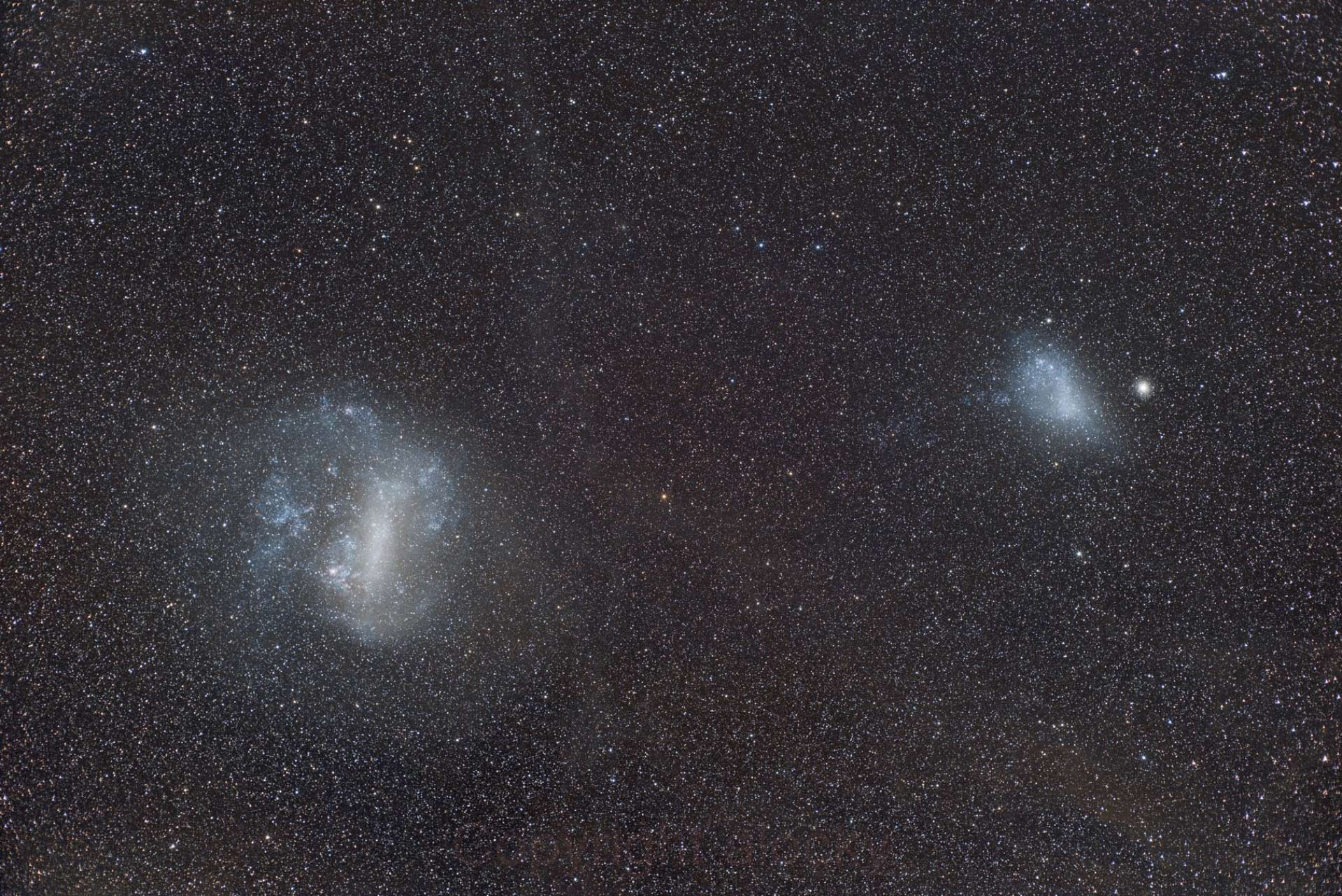
Recently astronomers at Yale University in the US along with the University of Toronto and Swinburne University in Australia have identified a galaxy that really takes spiral arms to a whole new level, see image below. Searching through images taken by the Hubble space telescope they came across a galaxy that has been designated as LEDA 1313424 in which they identified eight separate rings, giving the galaxy its popular name of ‘The Bullseye’. Follow up observations with the Keck telescope in Hawaii even found another ring, making a total of nine rings, six more than any other galaxy has ever been found to possess.
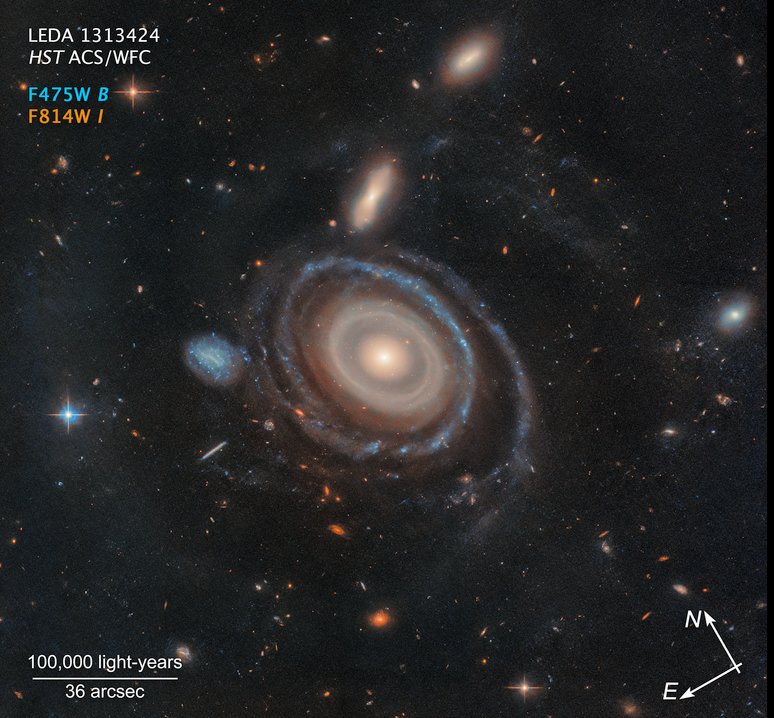
Now LEDA 1313424 is a really big galaxy, estimated at 250,000 light years across, that’s two and a half times the size of our Milky Way. And the astronomers succeeded in identifying the dwarf galaxy that caused all of the rings, the blue blob to the center left of LEDA 1313424 in the image. In order to have produced so many rings the dwarf galaxy must have passed right through the very center an estimated 50 million years ago. As I mentioned above collisions between galaxies are rather common throughout the Universe but for one galaxy to pass right through the center of a big galaxy is really hitting a Bullseye!

What’s more the rings around LEDA 1313424 fit in very nicely with the accepted models of density waves generated by galaxy collisions for a shot right through the center of a big galaxy like the Bullseye. And while the Bullseye may have been a chance discovery astronomers hope to find even more examples of multi-ringed galaxies once NASA’s new Nancy Grace Roman Space Telescope begins operation.
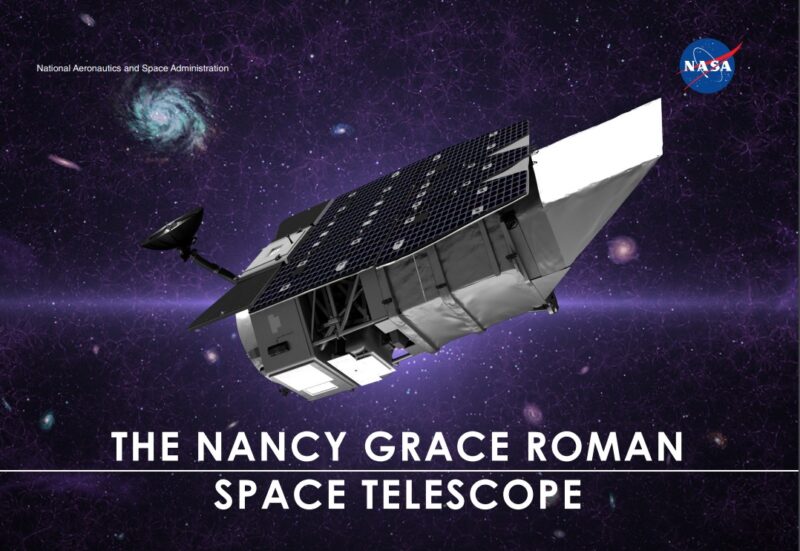
At a distance of half a billion light years and a size two and a half times that of our Milky Way, LEDA 1313424 is an example of some of the biggest things in the Universe. Asteroid 2024 YR4 on the other hand is one of the smallest celestial objects, as well as one of the closest, in fact in about seven years 2024 YR may get too close.
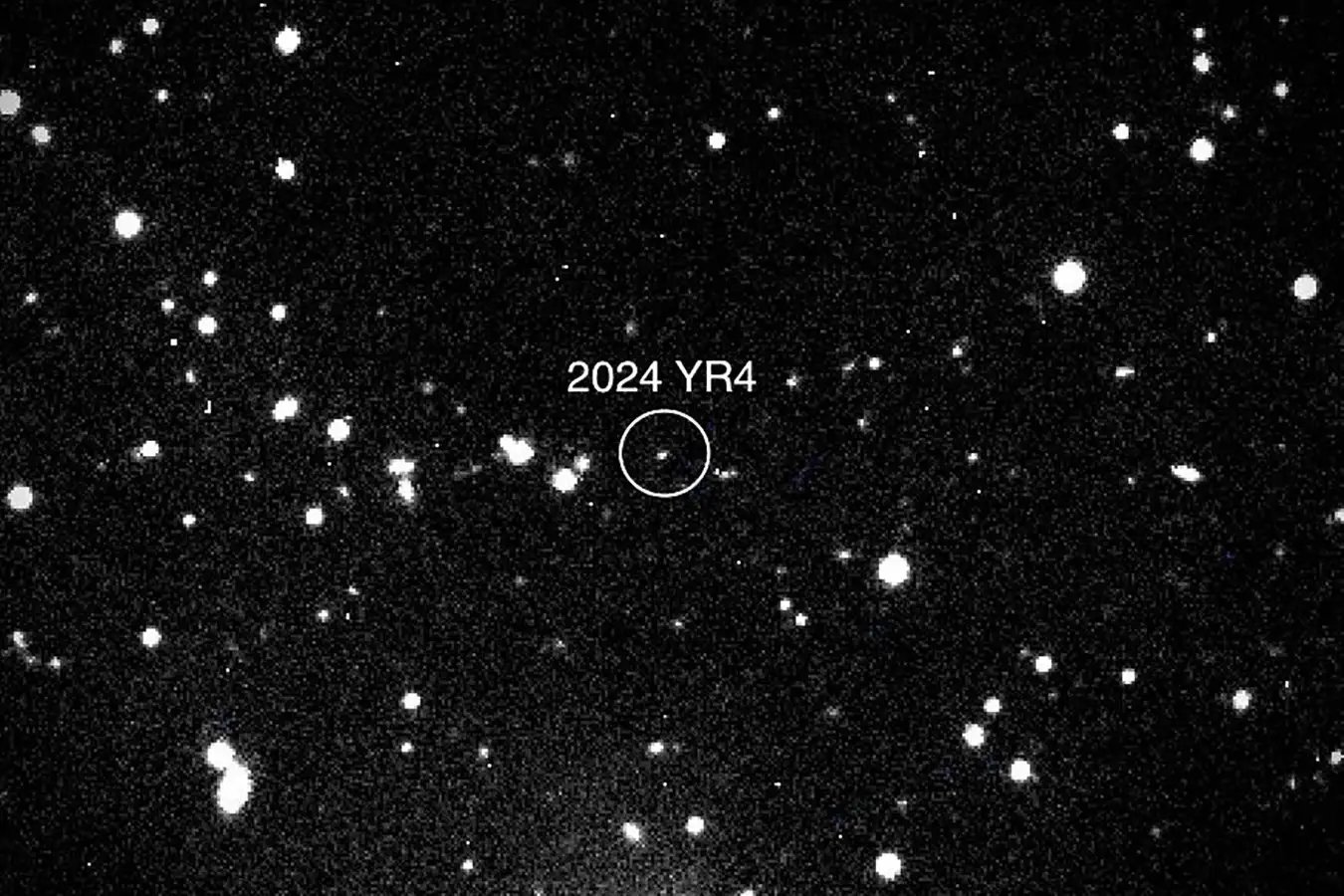
Discovered on the 27th of December in 2024 asteroid 2024 YR4 was already moving further away from Earth meaning that astronomers had only a short time to make observations before the asteroid faded from view. Those observations however indicated that the asteroid had about a 1% chance of striking the Earth on the 22nd of December in the year 2032, seven years from now.
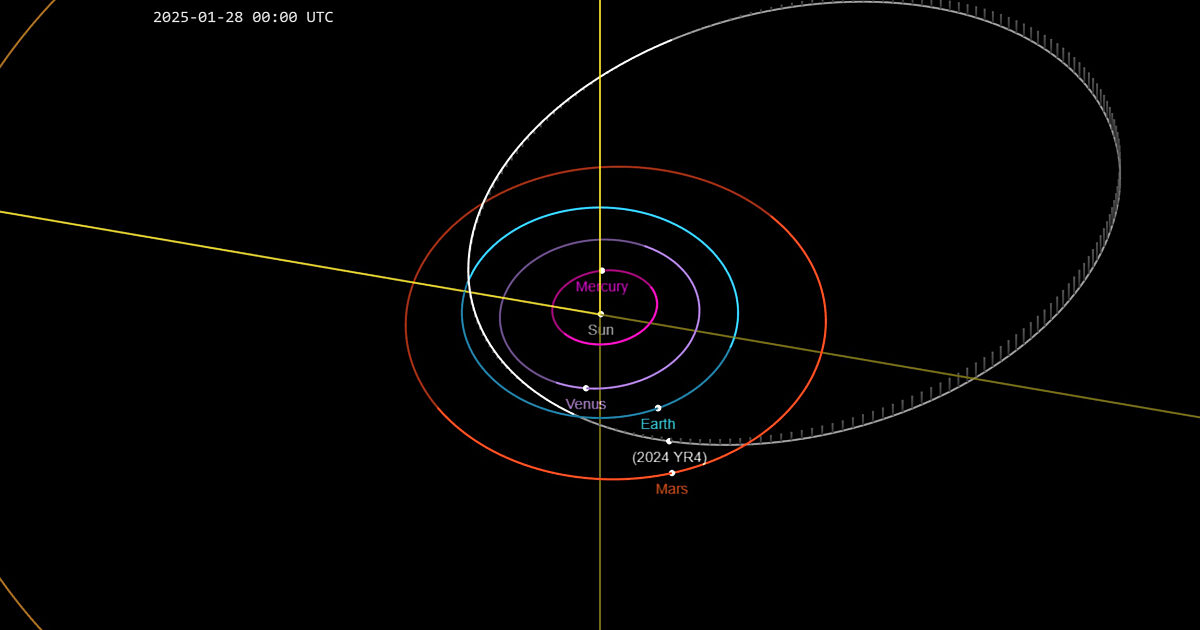
Of course rocks from outer space fall onto our planet every day, most being only the size of grains of sand that burn up in the atmosphere as meteors. Bigger chunks of space rock also collide with Earth once or twice a century. On June 30th of 1908 an asteroid estimated to be about 100m in diameter exploded over the Tunguska region of Siberia and just 12 years ago on the 15th of February in 2013 a smaller one, less than 20m in diameter exploded over the Russian city of Chelyabinsk. In each of these incidents humanity got lucky and the asteroid struck a sparsely populated region so that only a small number of people were killed or injured.

2024 YR is estimated to be between 50 and 100m in diameter meaning that it could be as large as the Tunguska asteroid and therefore potentially devastating if it should strike a heavily populated area. Another factor we don’t know about 2024 YR4 is what it is made of. Asteroids come in two basic types, piles of rocky rubble and solid Iron-Nickel. The iron-nickel ones usually survive to strike the Earth’s surface, forming a crater like the one in Arizona while the rocky, rubble ones usually explode in the atmosphere like the one over Chelyabinsk. The crater in Arizona is almost 2 kilometers across and an asteroid like that could easily destroy a large city, killing millions. The rocky-rubble ones aren’t much better, the Tunguska asteroid devastated an area of 2,200 square kilometers, again the size of a large city.
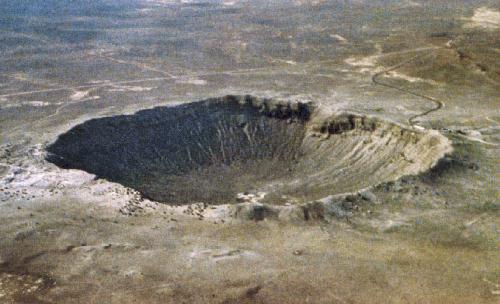
And things are actually getting worse, looking through past images from the Catalina Sky Survey asteroid hunter David Rankin found old observations of 2024 YR4 and adding that data to the observations made in December the odds of the asteroid striking Earth is now estimated to be 3.1%, more than double the previous estimate.
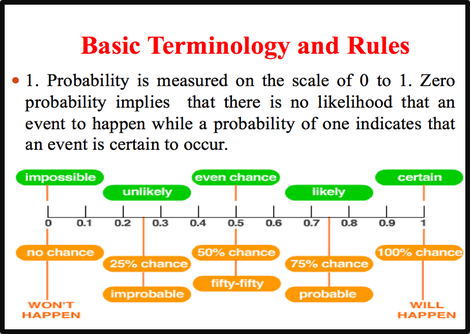
2024 YR4 is now rated as being a level 3 on the Torino scale that NASA uses to rank threats from asteroids. Because of the possible threat the space agency has even decided to take some valuable time on the James Webb Space Telescope to try and find 2024 YR4 again and get more precise estimates on its orbit. If that doesn’t work the asteroid will pass by our planet again in December of 2028 and very precise measurements of it motion can be made then. (The latest set of calculations now puts the risk from 2024 YR4 at less than 1% but interestingly it has about the same chance of hitting the Moon in 2032)
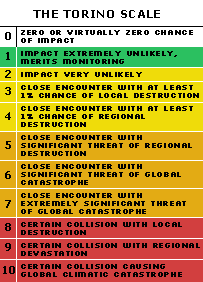
And if it turns out that 2024 YR4 is going to collide with the Earth, remember that we have already tested an asteroid defense system. That occurred when the DART space probe slammed into the asteroid Dimorphos on the 26th of September in 2022; see my post of 8 October 2022. Who knows, maybe the next test will actually be for real.
